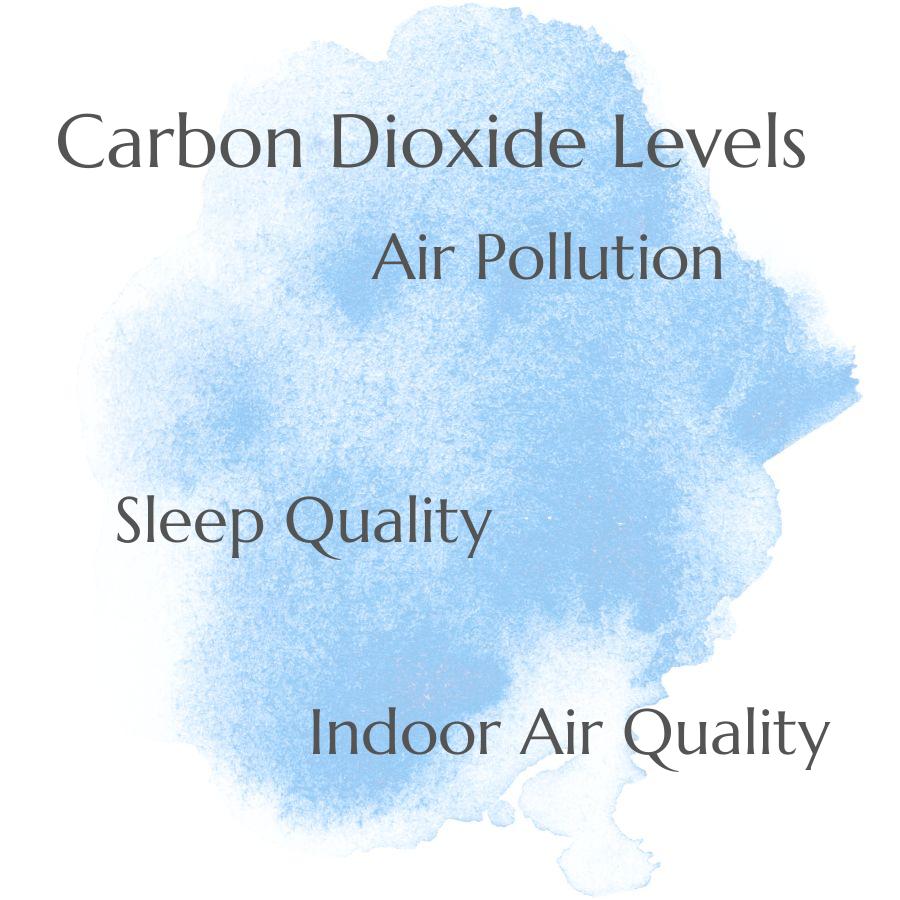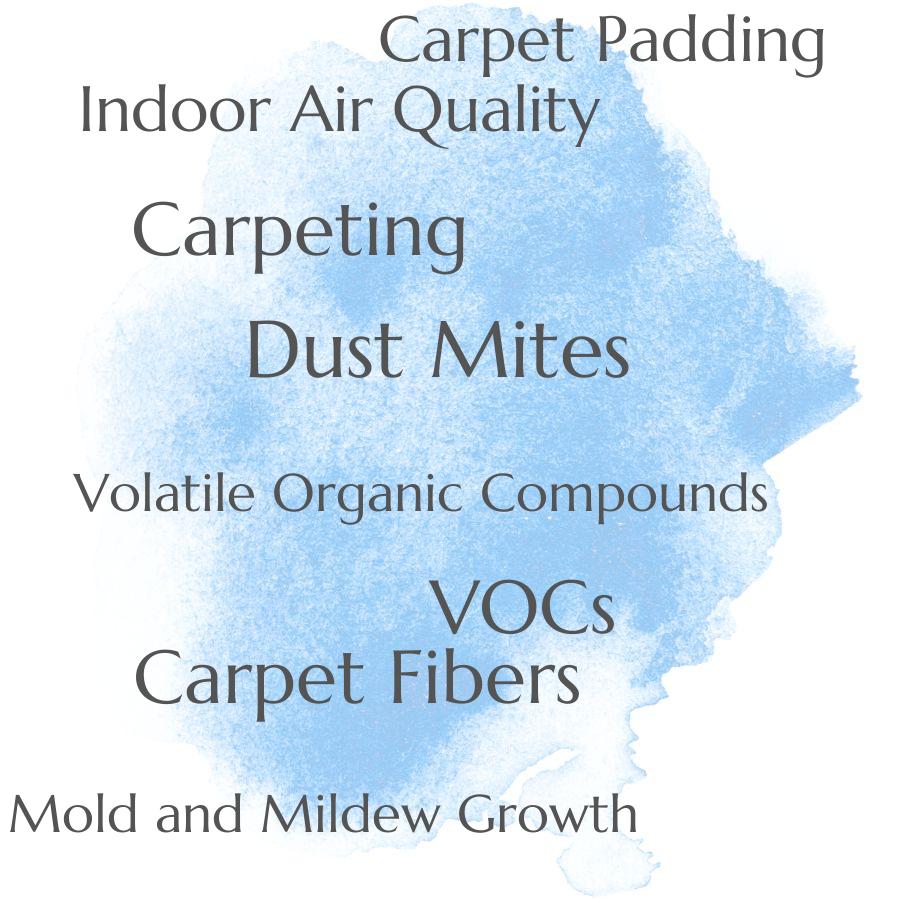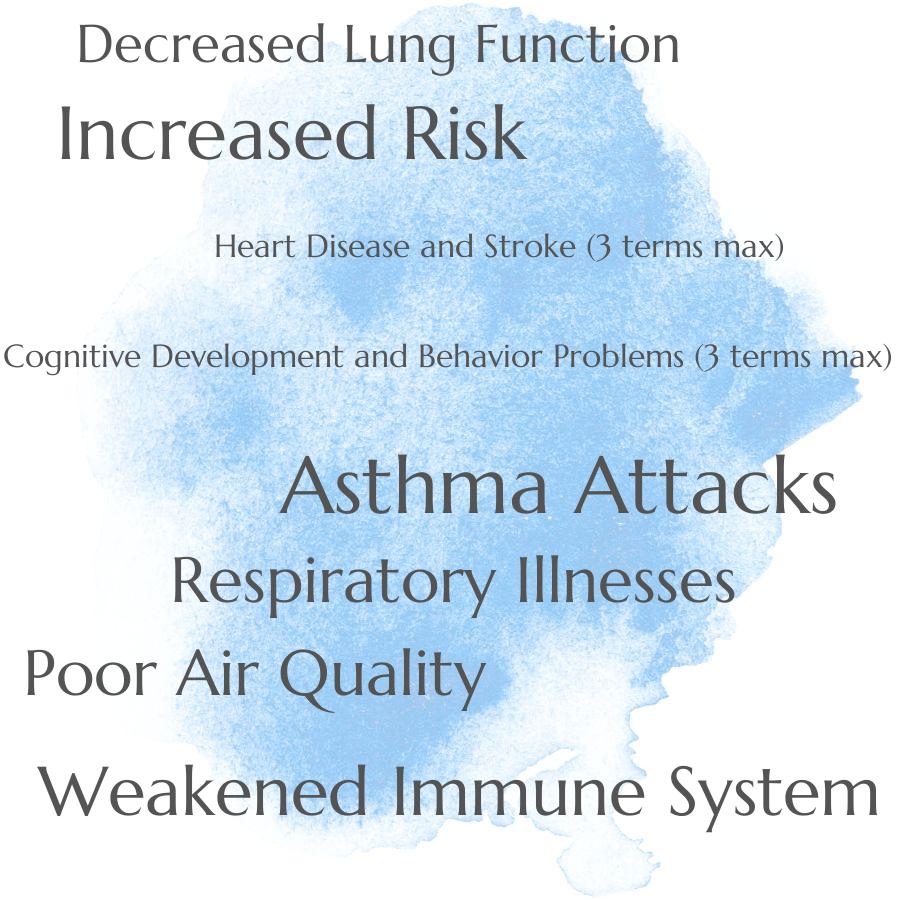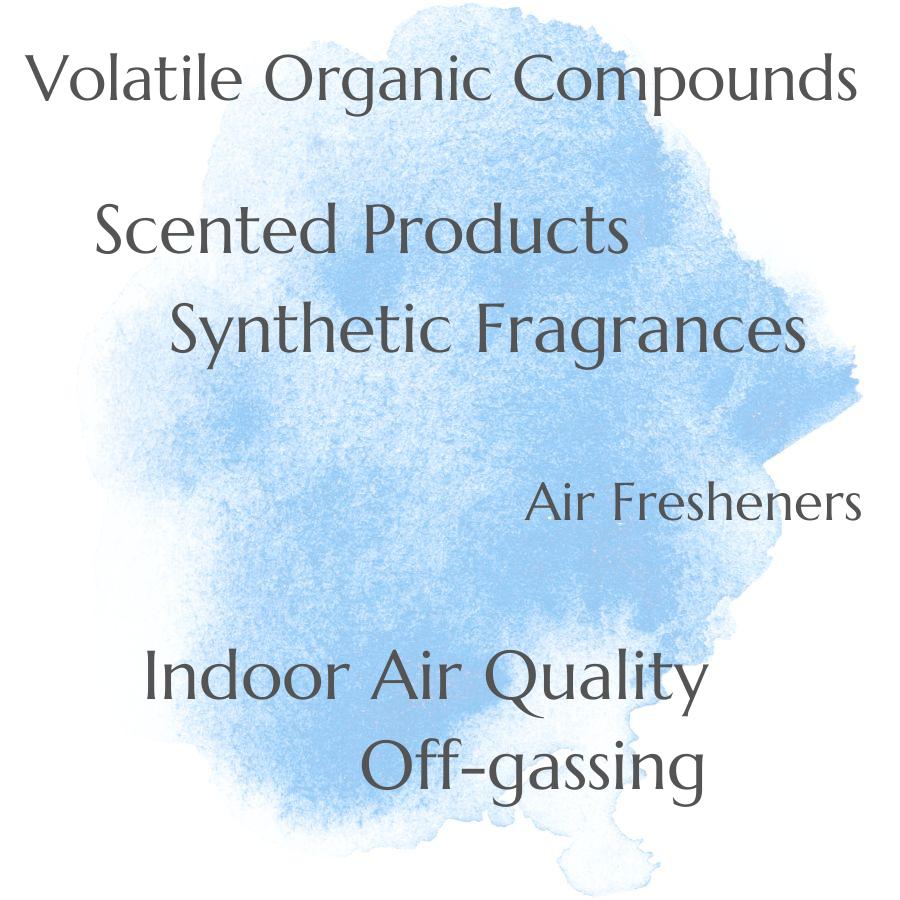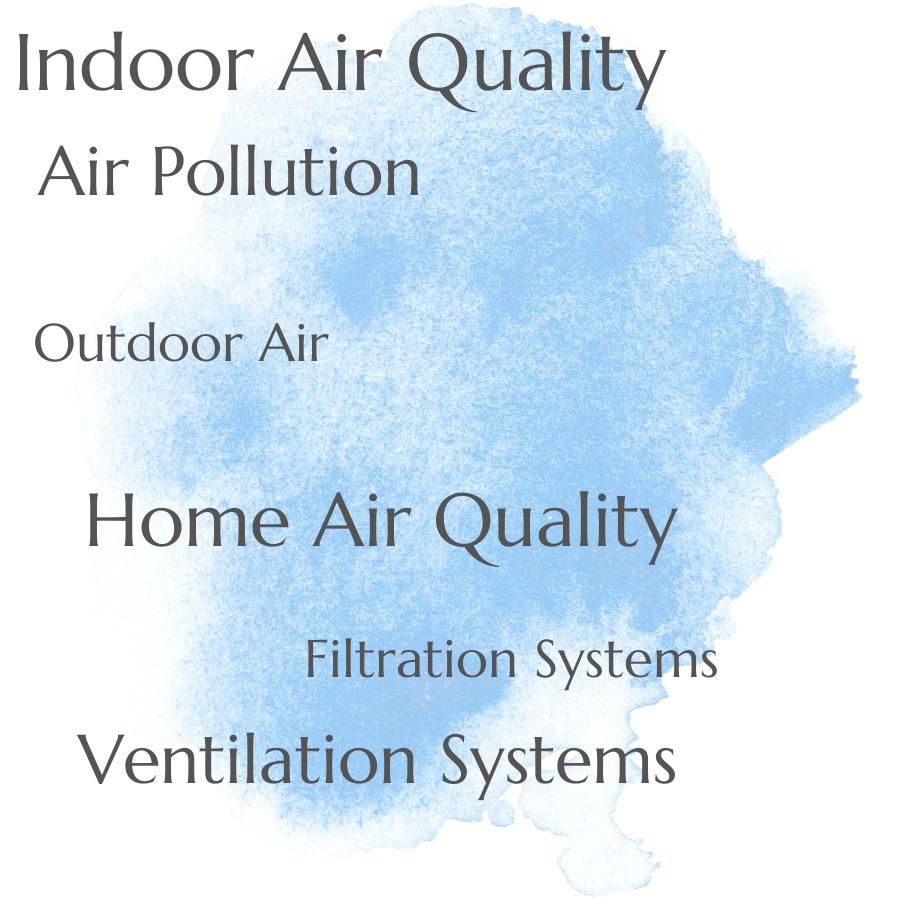Common sources of radon in the home include cracks in walls and floors, gaps around pipes, and openings around foundations.
Radon is a naturally occurring, odorless, colorless gas that can be found in homes. It is the second leading cause of lung cancer in the United States and can have serious health consequences if it accumulates to high levels.
Understanding where radon comes from and how it gets into your home is key to protecting your family’s health. In this blog post, we’ll discuss some of the most common sources of radon in the home.
Radon enters homes through cracks or holes in foundations or walls, as well as through pipes and drains that lead directly into homes. Radon gas can also enter through sump pumps, crawl spaces, and other openings like windows or doors that are not properly sealed.
Certain building materials such as concrete blocks or bricks used for construction may contain trace amounts of uranium which emit small amounts of radon over time. In addition to these pathways for entry into a home from outside sources, there are also potential sources within the house itself such as hot water heaters and furnaces that may produce low levels of radon gas due to their combustion process.
These appliances should be regularly inspected by a qualified technician to ensure they are working efficiently and safely without emitting dangerous levels of radon gas indoors
Cracks in the Foundation

Radon is an odorless, colorless gas that is naturally occurring and found in soil and rocks. When these cracks are present, it allows for the radon to seep into the home from outside sources.
The gas then accumulates inside the house, leading to potential health risks if left unchecked. It is important to inspect your foundation regularly for any signs of cracking or damage that could allow radon to enter your home.
If you do find any cracks, they should be sealed immediately by a professional contractor in order to prevent further exposure and protect your family’s health.
Crawl Spaces
Radon is an odorless, colorless gas that can seep into homes through cracks and openings in the foundation or walls. Crawl spaces are especially vulnerable to radon infiltration because they often have poor ventilation and provide easy access for the gas to enter.
Radon can also be released from soil beneath crawl spaces, as well as from water sources such as wells or underground springs. To reduce the risk of radon exposure, it is important to seal any cracks or openings in your home’s foundation and walls, install a vent fan in your crawl space, and test for radon levels regularly.
Basements
Radon is a naturally occurring, odorless and colorless gas that can seep into homes through cracks or openings in the foundation. Basements are particularly vulnerable to radon infiltration because they are typically located below ground level, where higher concentrations of radon exist.
Basements often have poor ventilation which can trap radon inside and increase its concentration even further. To reduce the risk of exposure to high levels of radon in basements, homeowners should ensure that their basement is properly sealed and ventilated with an exhaust fan or other mechanical system.
Well Water
Radon is a naturally occurring radioactive gas that can be found in groundwater, and it can enter homes through well water. When radon enters the home through well water, it can become trapped indoors and accumulate to dangerous levels.
This is especially true if there are no ventilation systems or other measures in place to reduce indoor air pollution. In order for homeowners to protect themselves from potential health risks associated with high levels of radon, they should have their well water tested regularly for radon contamination.
If elevated levels of radon are detected, then steps should be taken to reduce exposure by installing an appropriate filtration system or other mitigation measures.
Building Materials
Radon is a naturally occurring, odorless gas that can seep into homes through cracks and openings in walls, floors, and foundations. Building materials such as concrete blocks, bricks, mortar, drywall, insulation material and other construction products may contain uranium or thorium which can break down to form radon gas.
This gas then enters the home through these building materials and accumulates over time. It is important to note that not all building materials will emit radon; however it is still important to be aware of this potential source when testing for radon levels in your home.
Poorly Sealed Sump Pumps
Sump pumps are typically found in basements and crawl spaces, and they help to remove excess water from these areas. If the sump pump is not properly sealed, it can allow radon gas to enter the home through cracks or gaps in the seal.
This gas can then accumulate inside the house, leading to potential health risks for those living there. To prevent this from happening, homeowners should ensure that their sump pump is properly sealed with caulk or other materials designed for this purpose.
Regular testing of indoor air quality should be done to detect any presence of radon gas before it becomes a problem.
